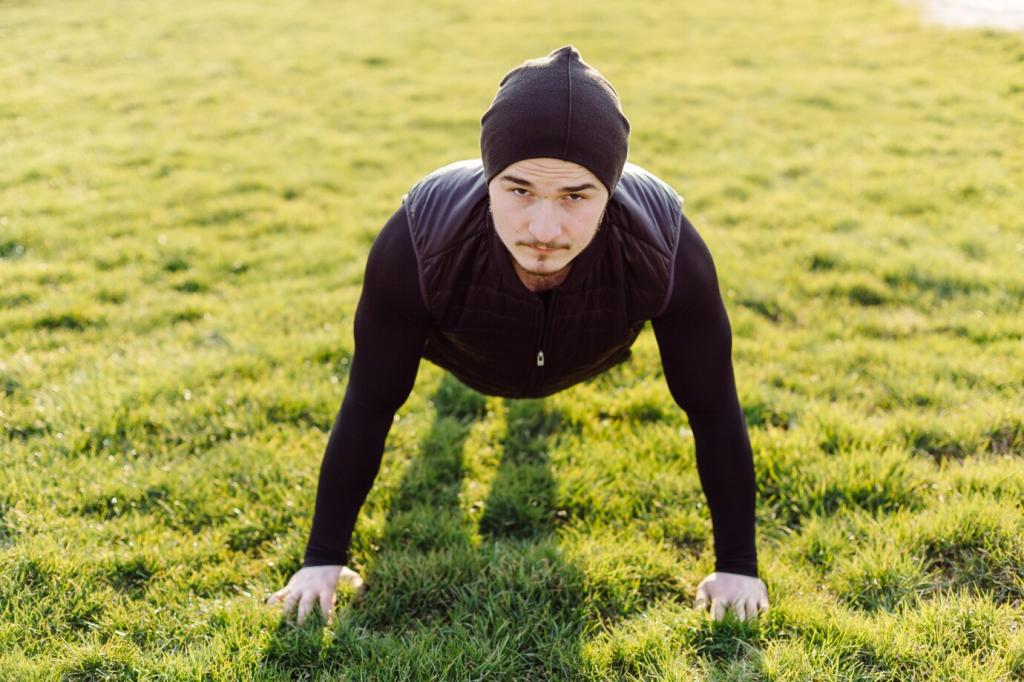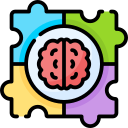Recover Smarter: Mindful Recovery Strategies for Athletes
Chosen theme: Mindful Recovery Strategies for Athletes. Train hard, restore harder. Explore science-backed mindfulness tools that calm your nervous system, accelerate healing, and protect long-term performance. Share your experiences, ask questions, and subscribe to grow your recovery playbook with us.
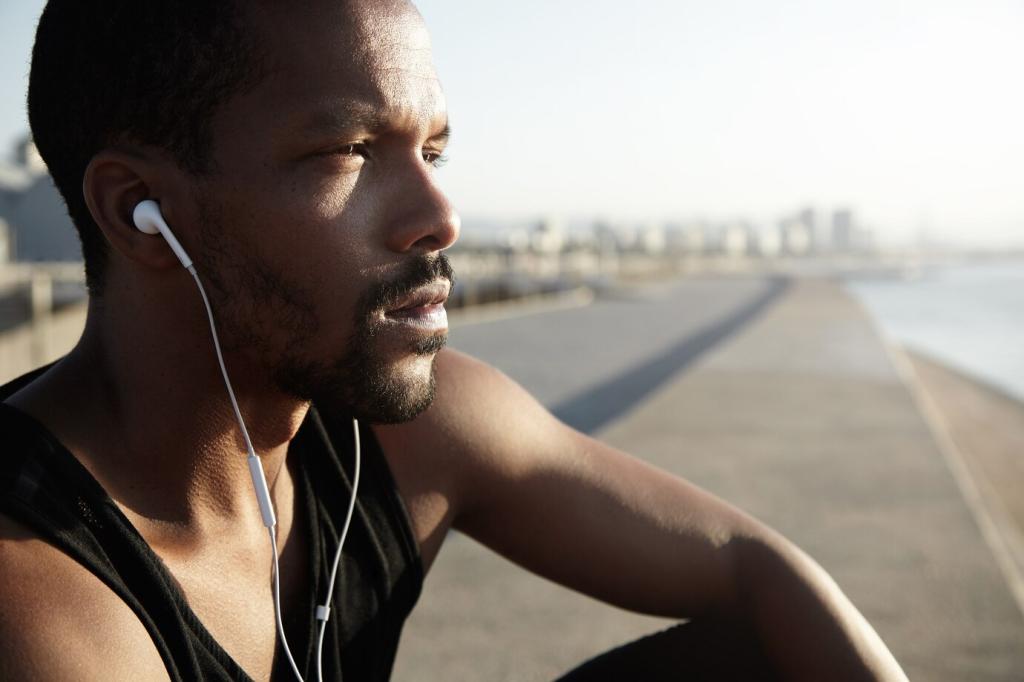
Breathwork and Nervous System Reset
Box Breathing for Post-Session Calm
After your cooldown, try four counts inhale, four hold, four exhale, four hold, for three to five minutes. Notice shoulders dropping and thoughts slowing as parasympathetic tone rises. Comment below with your favorite cadence or any tweaks that help you settle faster after tough intervals.
HRV Awareness and Reflection
Each morning, record heart rate variability, sleep quality, and a mindful note on mood or soreness. Over a few weeks, patterns emerge that guide smarter adjustments. Share your HRV highs and lows, and how mindful breathing shifts your numbers or your readiness rating.
Nasal Recovery Walks
Take a ten to fifteen minute nasal-only walk, paying attention to footfall rhythm, surrounding sounds, and gentle belly movement. The steady air through your nose encourages calm, aiding recovery without stress. Invite a teammate and compare how present focus changes the way your legs feel afterward.
Sleep as a Trainable Skill
Spend eight minutes scanning from toes to scalp, naming sensations without judgment. Release jaw tension, soften the belly, and slow exhale gently. One cyclist told us this single practice clipped five beats off resting heart rate overnight. Share your scan script or favorite audio that helps you drift.
Sleep as a Trainable Skill
End caffeine intake eight to ten hours before bed, then add a mindful sunset ritual: step outside, breathe slowly, and notice shifting colors. This helps your brain map day’s end. Tell us how adjusting timing changes your morning feel, motivation, and readiness for quality training blocks.


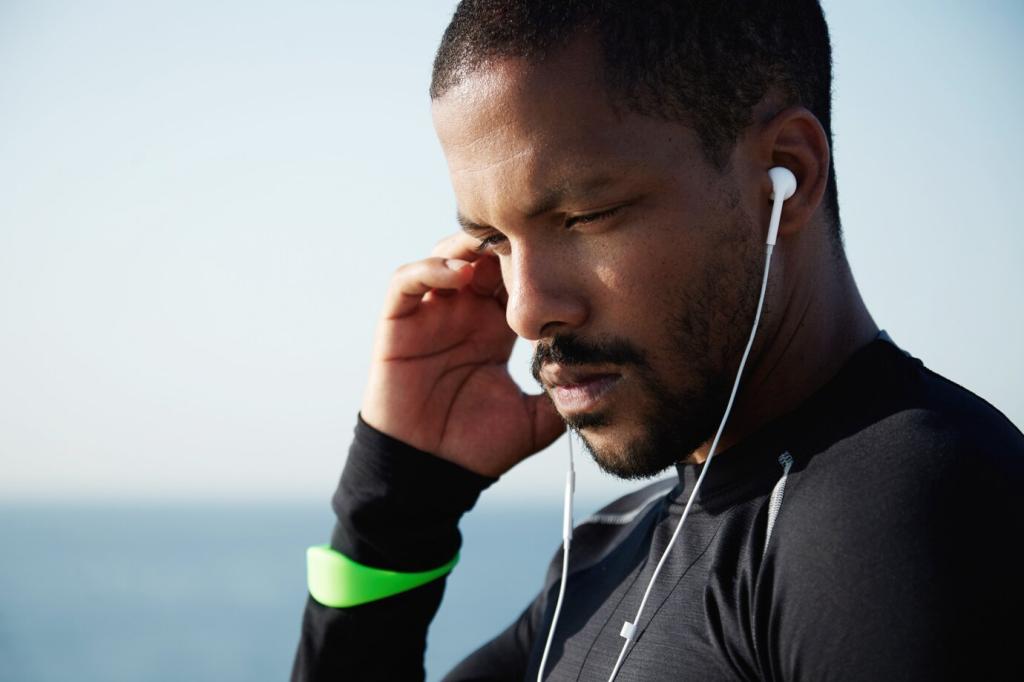
Protein Timing with Presence
Within one hour post-session, build a protein-forward plate, then slow down: twenty thorough chews per bite, notice aroma, thank the effort behind the meal. Athletes report fewer cravings and steadier energy. Drop your go-to recovery recipe below so others can try a calmer, tastier protein window.
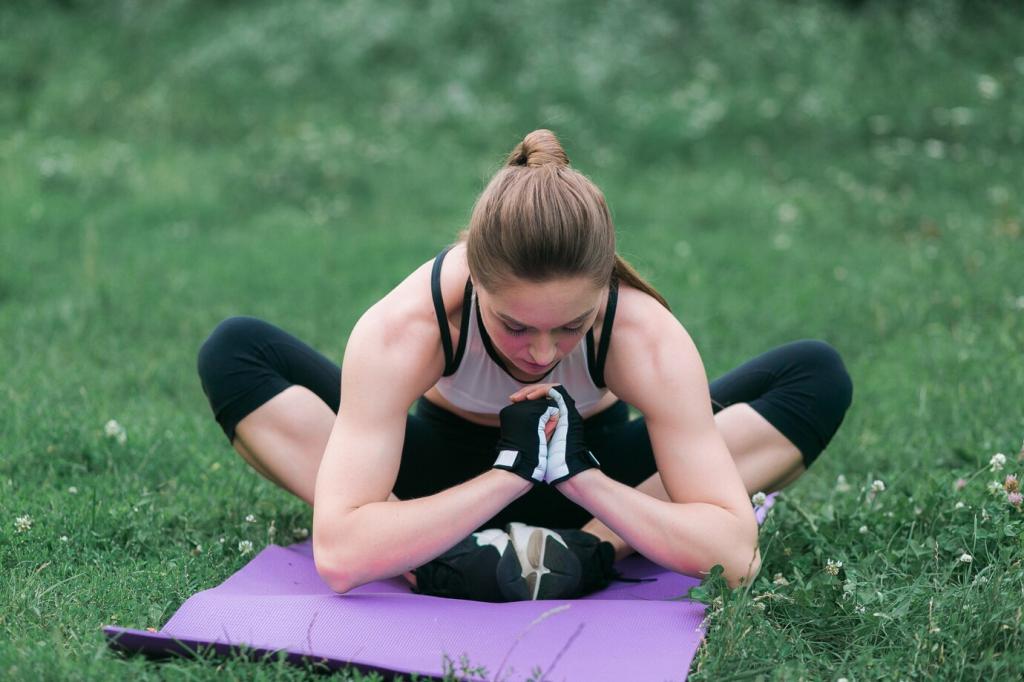
Anti-Inflammatory Choices, Mindfully
Prioritize omega-3 rich fish, colorful berries, tart cherry, turmeric, and ginger. As you plate, pause and note color, texture, and temperature. This mindful moment sets a restorative tone. Tell us which spice blend or smoothie helps your joints feel clearer after back-to-back training days.
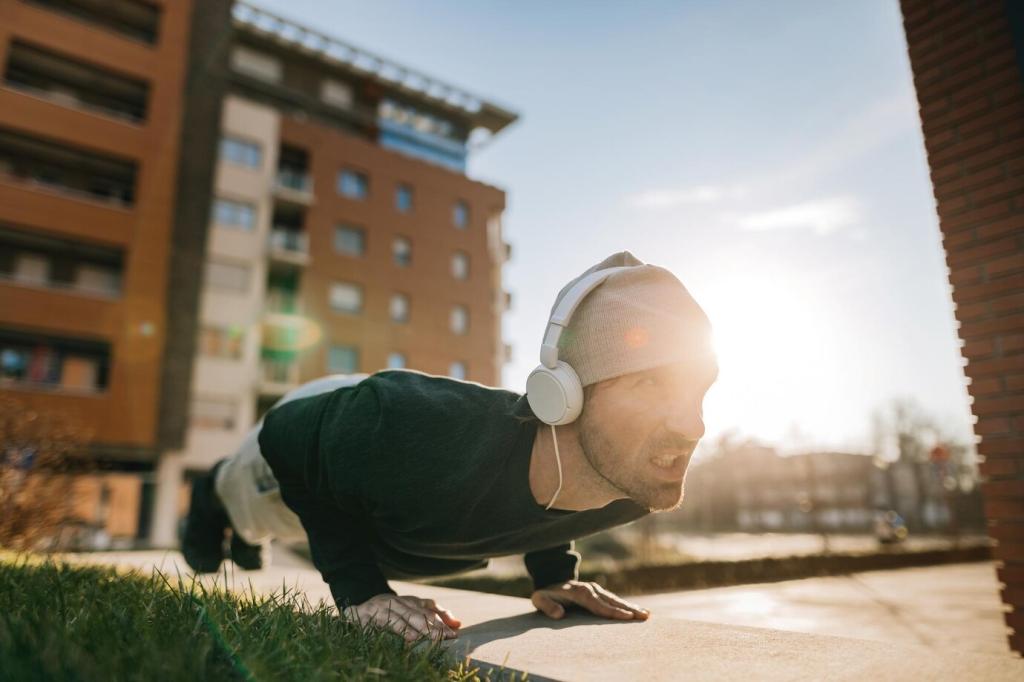
Hydration Rituals that Stick
Pair each bottle with a cue: every meeting, every stretch break, every shoe change. Add a gratitude breath before sipping to reinforce the habit loop. Track morning urine color and reflect on yesterday’s intake. Share your favorite electrolyte mix and how deliberate sipping shifted cramps or headaches.

Tempo Mobility with Attention
Choose five mobility drills and perform them slowly, matching breath to motion. Scan for areas of ease, not just tightness. Noticing comfort builds safety in the nervous system. Post your two most effective moves and the small sensation cues that tell you they are truly helping recovery.

Yoga Nidra for Restoration
Try a twenty-minute yoga nidra track on rest days. Lie down, set a light intention, and let guided awareness rotate through the body. Many athletes feel as refreshed as after a short nap. Comment with your favorite nidra resource and how it changes soreness the next morning.
Mindset, Stress, and Burnout Buffers
End each day by listing three micro-wins: a calmer breath during a rep, a better bedtime, an extra stretch. Naming progress rewires motivation. One sprinter reframed a ‘bad workout’ as data, then set a clear recovery plan. Share your micro-wins below to encourage another athlete today.

Soreness, Pain, and Injury—A Mindful Approach
Label sensations neutrally: tight, warm, tug, dull. Ask whether discomfort improves with gentle movement or worsens quickly. Curious attention reduces fear and clarifies next steps. Share a time mindful noticing kept you patient and helped you choose the right blend of rest and light activation.
Soreness, Pain, and Injury—A Mindful Approach
For soft tissue injuries, think PEACE & LOVE: Protection, Elevation, Avoid anti-inflammatories early, Compression, Education; then Load, Optimism, Vascularization, Exercise. Pair each step with calm breathing and patient progressions. Tell us how these principles changed your rehab compared to older, less mindful routines.

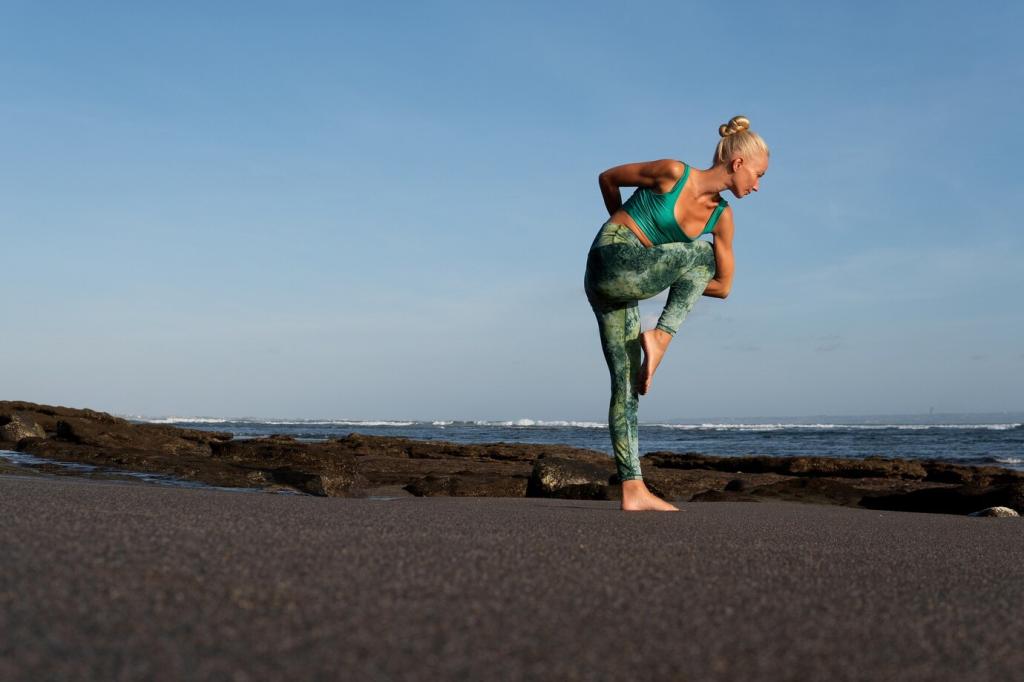
Team and Community Recovery Culture
Create a five-minute team cool-down: group breaths, short walk, light mobility, and a gratitude round. Collective calm spreads quickly. Capture one photo and tag your ritual to inspire others. Comment with your routine and any tweaks that make teammates actually look forward to this quiet moment.
Team and Community Recovery Culture
Adopt a simple traffic-light report: green, yellow, red, plus one mindful note about sleep or stress. It builds trust and guides smart adjustments. Coaches, reply with how you use these signals. Athletes, share how being honest improved both recovery margins and the quality of hard days.

